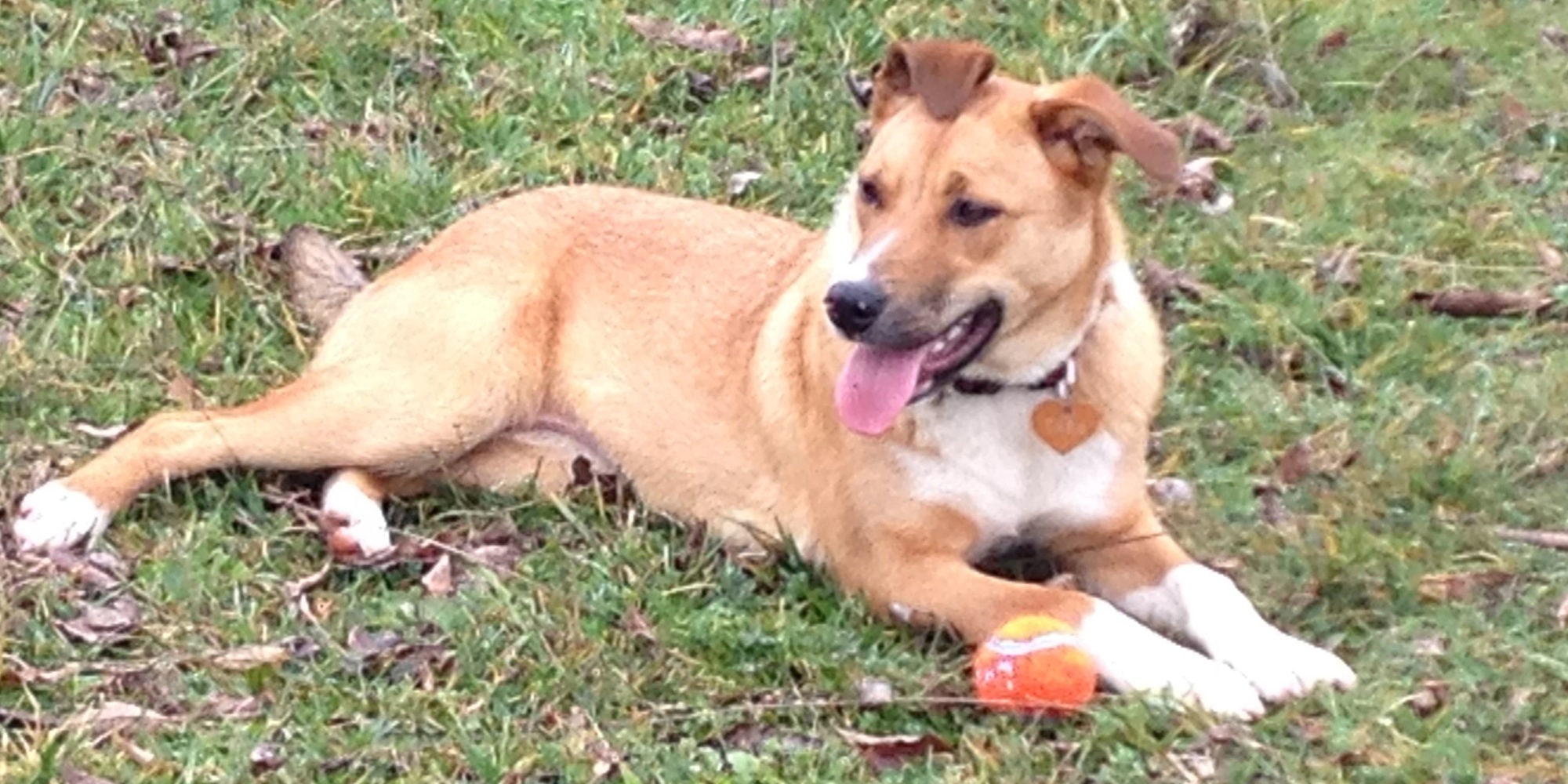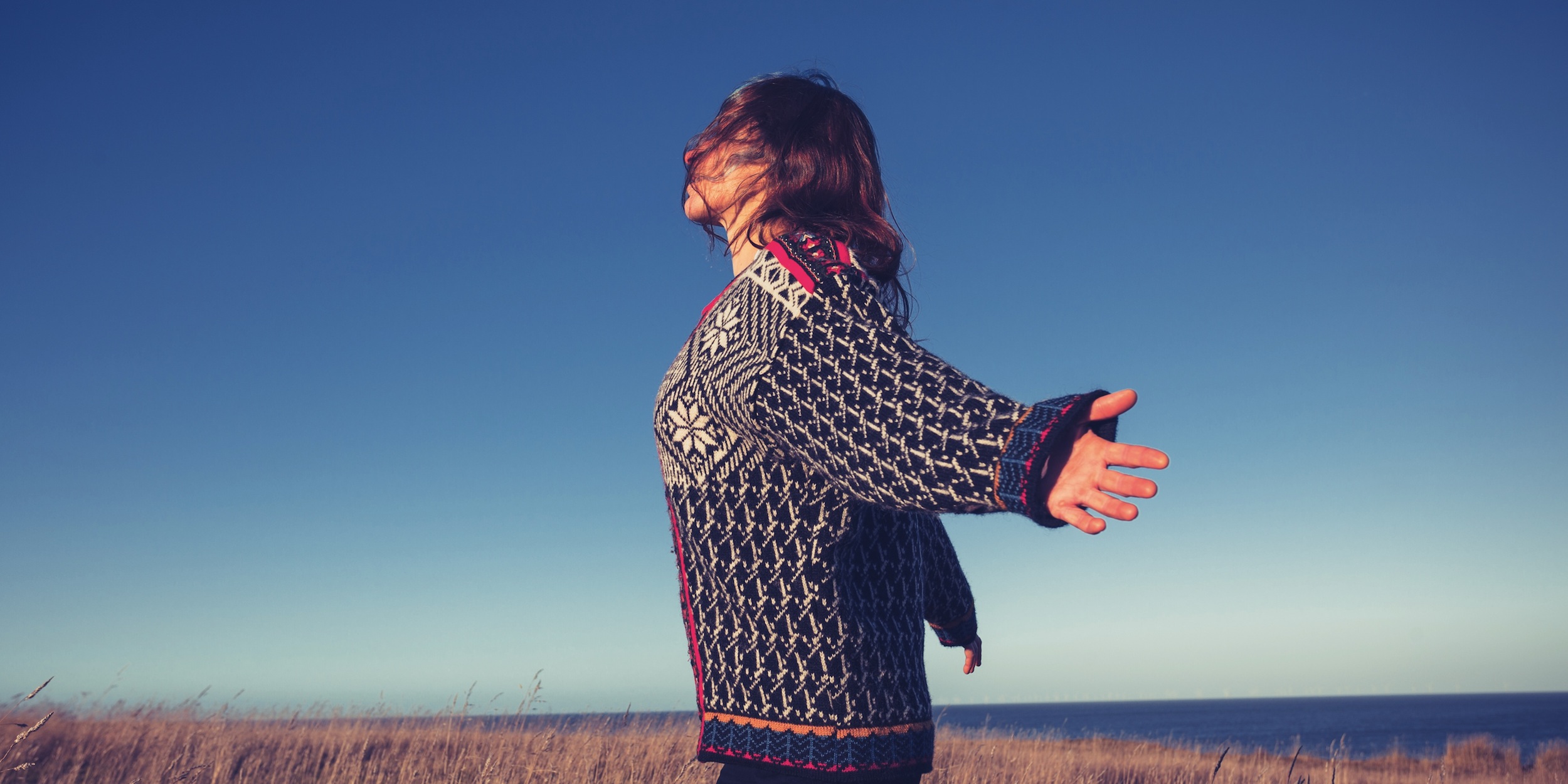Are you drawn to the term Shadow Work®, but realize that you don’t really understand what it means or how it would be relevant to you? Consider for a moment that you came into this world with a full range of self expression: frustration, sadness, fear, anger, jealousy, joy, delight, sensuality, sexuality, and so much more. Now consider that there are ways that our environment reflects that certain aspects of our self-expression are desirable and others are not. As young ones (even into adolescence), we are dependent on our parents/ caregivers for meeting our basic needs which include food and shelter but also love and validation. Our brains have a built-in survival mechanism that helps us adapt to our environment in order to foster more experiences of feeling safe (ie. getting our needs met) and fewer experiences of feeling unsafe.
Through the perspective of our young brains we make subconscious decisions as children to edit out the parts of our self expression that don’t seem to help us feel more love and safety. This process looks different in each of us. We may edit out our expression of sadness or fear or anger. We may even come to the conclusion that being joyful has a negative response from our environment. These parts of ourselves that we decide to limit become part of our shadow when we cast them into the darkness of our unconscious and try to keep them out of the light of consciousness. When shadow aspects of ourselves are deemed truly dangerous to our safety as children, we can push them so far beneath conscious awareness that we lose the ability to access even the positive aspects of those qualities. When anger goes into shadow, we may lose our ability to maintain healthy boundaries. When fear goes into shadow, we can lose our capacity to be discerning of what is and isn’t safe. When sadness enters shadow, we may lose our ability to process emotion effectively and can become depressed or have difficulty forming attachments with others. These are only a few examples of the kinds of dynamics that can occur. This process is unique for each person based on our familial dynamics and the way we respond to them.
So what does Shadow Work® do about these difficult internal dynamics? To begin with, it helps to make them conscious. Identifying different aspects of oneself and the conflicting values, messages, and desires they carry can be very enlightening for someone who has been feeling stuck and unable to make change. If someone is struggling to set boundaries in their life, recognizing that they have a part* of themselves that learned early in life to be accommodating in order to get love can be very helpful. So often we become very critical of the aspects of ourselves that seem to keep us stuck and feel like they contribute to further suffering in our lives. Coming to understand that these aspects of ourselves formed to protect us from hurt and help us get our needs met can help us to be more compassionate and gentle with ourselves. Have you ever noticed that the more you resist and judge a certain aspect of yourself, the more it seems to stubbornly hold on? This is often because these parts of ourselves believe they are essential for our safety and well-being. The more we can recognize these parts for what they are and honor them for the job they’ve done for us, the more they may be willing to evolve into ways of being that are more suitable for our current needs and desires. Shadow Work® offers some very effective tools for creating a productive dialogue with these inner protectors to help them make these shifts.
There are many different directions that Shadow Work® offers once the dynamics underlying a particular issue are clearly recognized. These include processes to help a person develop greater self-compassion and self-acceptance, set boundaries (either internally or with others), shift harmful patterns that have been passed down in a family lineage, or create greater trust, safety and support within themselves and with the world around them.
One of the things that I most appreciate about the Shadow Work® modality I learned is that it is deeply rooted in practices that focus on healing shame. Many psychological approaches can create a polarization between desirable and undesirable qualities, inadvertently leading a person to view certain aspects of themselves as bad. Through cultivating understanding that all aspects of ourselves developed for a reason, Shadow Work® keeps us from furthering this kind of self-judgment that can often be linked with shame. If you would like to learn more about Shadow Work®, you can find the website here. I would love to hear your comments below about what this article brought up for you.
*When Shadow Work® talks about parts, it does not mean that someone is dissociative or has multiple personalities. In Shadow Work®, it is seen as normal that we all have multiple aspects of ourselves that formed at different stages of our development.










